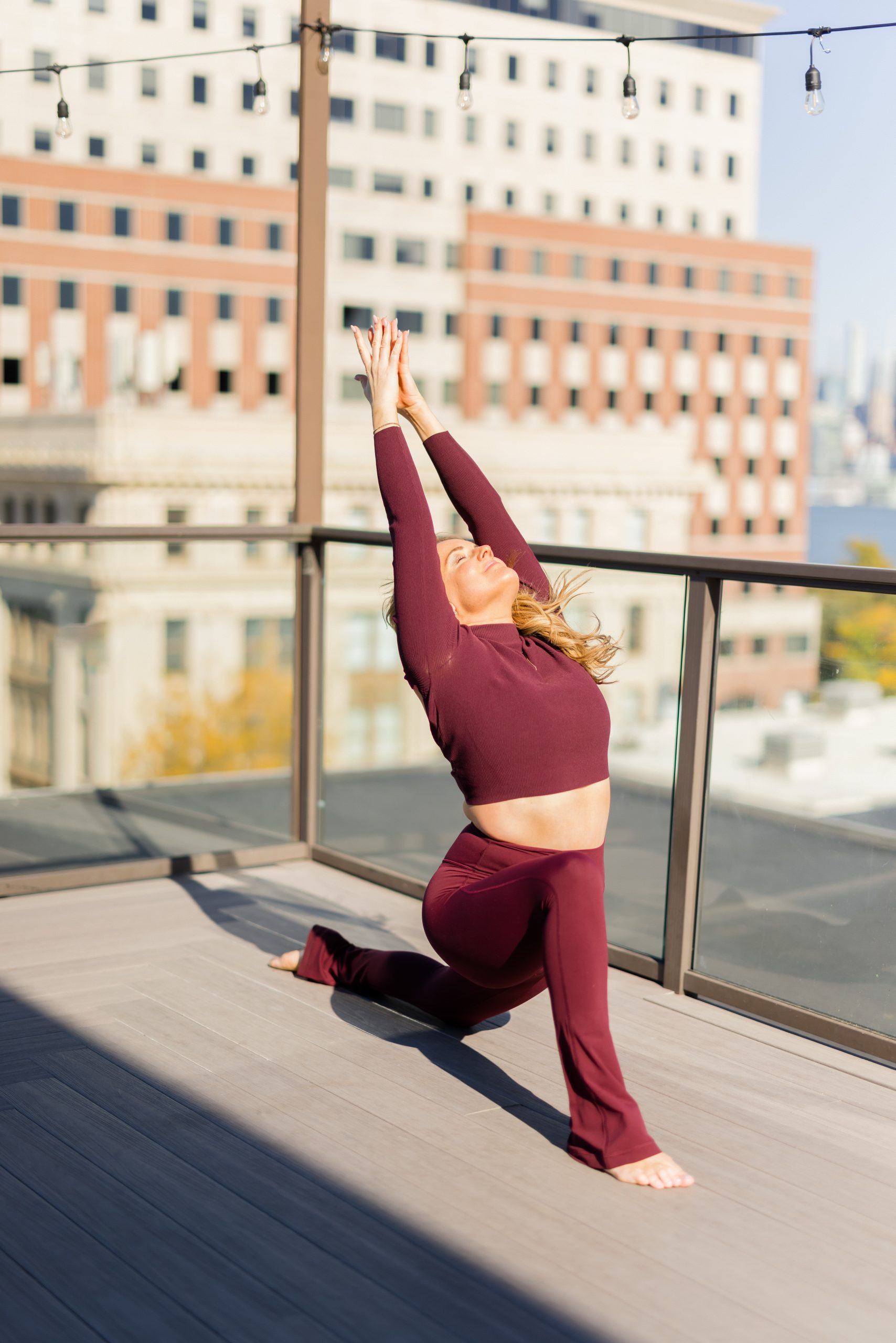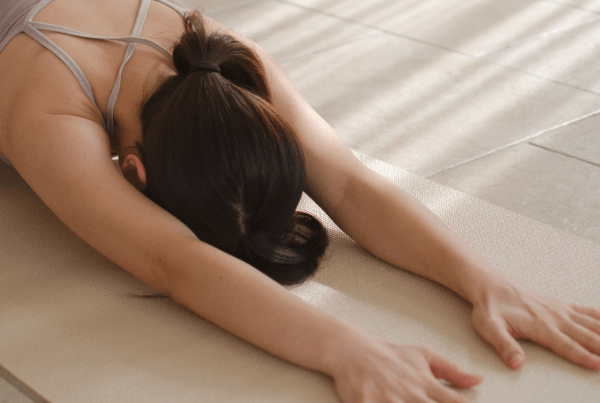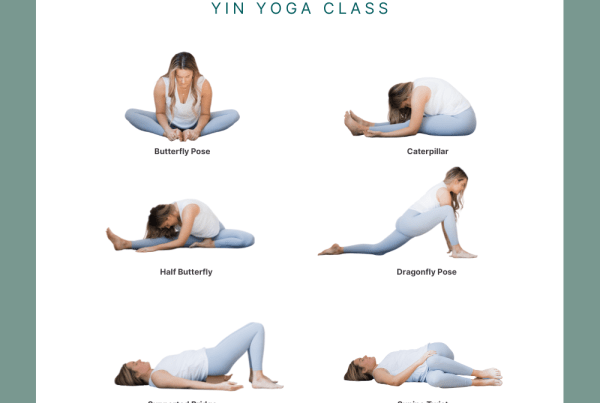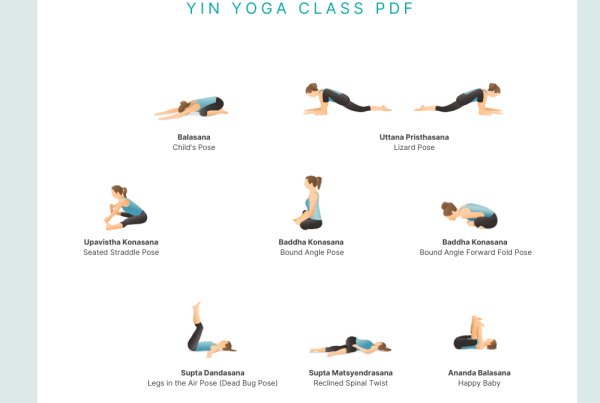
In a culture obsessed with hustle, Yang-style workouts, and constant motion, the quiet power of Yin Yoga is making a deep impact. As a yoga teacher, adding Yin Yoga to your toolkit offers not only personal transformation but an opportunity to meet a rising student demand for stillness, release, and deep energetic balance.In this article, we’ll explore:
- The science behind Yin Yoga’s effects on the nervous system and fascia
- Why Yin Yoga is growing in popularity among students and teachers alike
- What to expect from a high-quality Yin Yoga Teacher Training
- A sample Yin-inspired flow to use or share in class
The Research: What Makes Yin Yoga So Powerful?
Yin Yoga targets the body’s connective tissues—fascia, ligaments, and joints—through long-held, passive poses. But the benefits go far beyond flexibility. Here’s what the research tells us:
1. Yin Yoga reduces stress, anxiety & improves mood
A 10-week Yin Yoga intervention led to significant reductions in state anxiety after each session, as well as a long-term decline over the full program.
View study on PubMed.
Another study combining Yin Yoga with psychoeducation found reductions in anxiety, depression, sleep disturbances, and levels of adrenomedullin, a biomarker linked to stress.
View article on NCBI.
2. Yin supports fascia, joint health & mobility
Yin Yoga’s long holds apply gentle, sustained stress to connective tissues, supporting collagen production and fascial remodeling. As fascia adapts slowly, this kind of yoga fills a gap that faster, muscular practices can’t reach.
While more research is emerging, anecdotally and biomechanically, Yin Yoga is proving to be one of the most potent ways to address mobility restrictions, chronic tightness, and mental fatigue.
Why Teachers Are Embracing Yin Yoga
Here’s why yoga teachers everywhere are choosing to train in Yin:
- Slower pace, deeper presence: Yin cultivates mindfulness and subtle awareness that often gets lost in dynamic flow classes.
- Accessible to more students: Yin is often more inclusive across age, ability, and energy levels.
- Nervous system support: In an overstimulated world, students crave calm. Yin activates the parasympathetic nervous system, helping regulate stress responses.
- Complements other styles: Teaching Yin balances your current offerings and prevents teacher burnout from high-energy formats.
- Specialized niche: Yin gives you a unique offering in a competitive market, attracting both new and seasoned practitioners.
What to Look for in a Yin Yoga Teacher Training
A quality Yin Yoga Teacher Training should offer more than pose names and prop setups. Look for a curriculum that includes:
| Feature | Why It Matters | What to Expect |
|---|---|---|
| Fascia & connective tissue science | Yin targets fascia and joints, so understanding the tissue is key | Modules on fascial hydration, plasticity, collagen response |
| Functional anatomy & skeletal variation | Bone structure impacts alignment more than flexibility | Explore Paul Grilley’s functional approach to pose variation |
| Energetics & meridian theory | Yin draws from Traditional Chinese Medicine | Intro to energy channels, seasonal practices, organ/emotion links |
| Sequencing & theming | Great Yin classes require thoughtful pacing & purpose | Learn to craft classes that integrate anatomy + energy + intention |
| Trauma-aware teaching | Stillness can bring up emotions | Cue with compassion, support emotional safety |
| Business of Yin Yoga | Know how to offer Yin classes or workshops confidently | Pricing, packages, marketing tips, ethical guidelines |
Sample Yin Yoga Flow for Grounding & Nervous System Support
- Supported Child’s Pose (Balasana) – 3–5 minsUse bolster or blankets under chest, arms wide.
- Caterpillar (Seated Forward Fold) – 4–6 minsLet spine round, head drop. Knees can bend.
- Dragon (Low Lunge) with support – 2–3 mins/sideUse blocks under hands. Encourage release, not effort.
- Bananasana (Side Body Stretch) – 3 mins/sideLying on back, curve body gently to one side. Legs and arms lengthened.
- Savasana (Final Rest) – 7–10 minsUse eye pillow, blanket, or bolster under knees. Invite stillness.
Encourage silence, inward focus, and patience. Remind students that in Yin, sensation is a conversation — not a confrontation.
About the Yin Yoga Teacher Training (85-Hour Online)
This immersive training is for yoga teachers ready to slow down and deepen. You’ll gain a full understanding of Yin Yoga’s physical, energetic, and philosophical dimensions — and how to guide others through this profound practice.
- Tons of content — live + recorded
- Fascia, anatomy, meridians, energetics, trauma awareness
- Practice teaching, feedback, sequencing
- Certification upon completion
- Supportive online community and mentorship
Ready to explore the depths of stillness?
👉 Join the Yin Yoga Teacher Training
👉 Download the yin yoga teacher starter kit!







